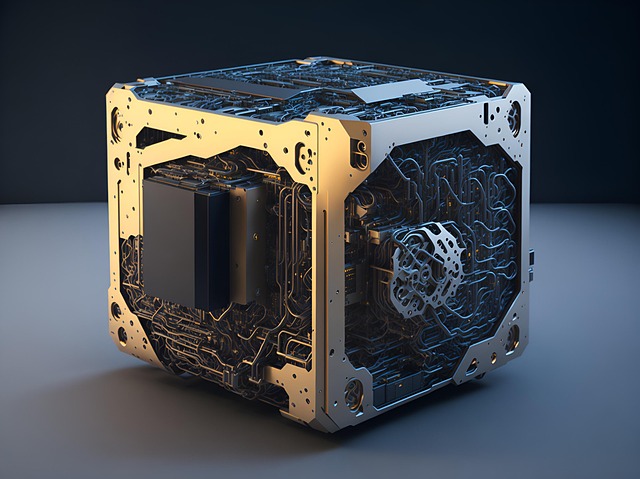
First of all we need to know what is quantum and how does it work. Basically, quantum computer process information using qubits which can perform task in multiple states smoothly. But current computer use bits (0 or 1). Today, I would like to a talk about how quantum computing is potential threat on IAM . Here, we have some points where quantum computer are major threat to IAM.
Now a day, most of the digital certificates, authentication and secure key exchanges are being generated with algorithms from RSA,ECC and Diffie-Hellman. With Shor’s algorithm of quantum computer it can break current algorithms. Hackers and crack public and private key of your system in future from Quantum Computer.
While quantum algorithms such as Grover’s are less devastating to symmetric encryption, they do reduce the effective key strength by half. For example, AES-128 would only offer about 64-bit security in a quantum setting. Luckily, secure symmetric algorithms such as AES-256 and SHA-2/3 are largely immune to quantum attacks. However, IAM solutions utilizing public-key cryptography for multi-factor authentication (MFA), digital signatures, or certificate-based authentication mechanisms may still be exposed to heightened threats unless upgraded to quantum-resistant levels.
To support strong authentication, federated identity protocols and their ecosystem rely heavily on cryptographic signatures to verify SAML assertions, OAuth2 and OIDC access tokens, as well as JSON Web Tokens (JWTs). With quantum computing, this verification could be faked, allowing an attacker to pose as a user, skip past a service’s authentication checks, or elevate privileges of an application. Privileged Access Management vaults holding application credentials could also be attacked, as well as Zero Trust environments, which depend on cryptographic identities for micro-segmentation, north-south policies, and risk-based events and rules.
These threats can be mitigated through the use of quantum-resistant cryptographic algorithms. The threats emanating from the use of quantum computing, as well as the adoption of quantum-resistant algorithms, have led the U.S. National Institutes of Standards and Technology (NIST) to select CRYSTALS-Kyber and CRYSTALS-Dilithium as the new post-quantum standards to secure digital signatures and key exchanges. For enterprises as well as IAM providers, this involves having systems that are ‘crypto-agile’ — that is, the capacity to change cryptographic algorithms promptly in response to evolving standards. To prepare for post-quantum IAM, it will be necessary to integrate post-quantum cryptography to protect authentication, federation, and privileged access in an advanced quantum-enabled environment.
Conclusion
The quantum threat to Identity and Access Management (IAM) is real and significant, as it could undermine the cryptographic protocols on which authentication, digital identities, and privileged access depend. While algorithms such as RSA and ECC may ultimately become obsolete under quantum attack, the security industry is preparing for the quantum shift now. Adoption of NIST-approved post-quantum algorithms, along with the development of crypto-agile IAM systems, will be essential to ensure quantum resilience. Organizations that proactively begin transitioning to post-quantum cryptography now will not only protect their digital identities, but also stay ahead of the game in subsequent compliance and understand trusted solutions that have credibly been prescriptive to the changing quantum threat.